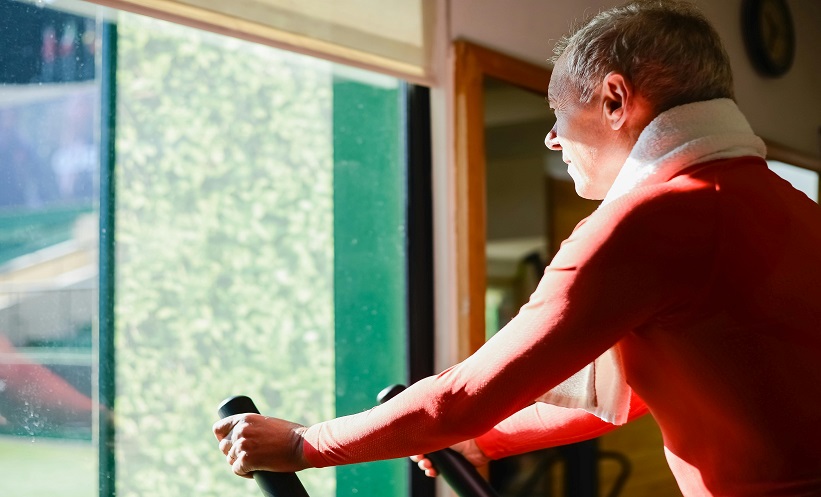BACKGROUND AND AIMS
During Poster Session 13 of the 36th Annual European Association of Urology (EAU) Congress, the retrospective study ‘The Results of Open Ureterocalicostomy for Reconstruction of the Upper Urinary Tract’ was presented. The research was focused on the long-term results of ureterocalicostomies (UC) and analysis of the prognostic factors for the successful operation, which is considered to be one of the most complicated types of reconstruction for the upper urinary tract.1,2
MATERIALS AND METHODS
From 2012 to 2019, 37 patients underwent anastomosis between the ureter and the lower calyx. All surgical interventions were classified into two groups according to the type of kidney resection. Type I, with preserved renal parenchyma (>10 mm), resection was performed in warm ischaemia conditions with exposure and transection of the lower calyx at the level of its fornix or neck, with removal of the entire lower pole of the kidney (n=27; 72.9%). The calyx was divided 3–5 mm distal from the parenchymal resection area. Type II, in cases where the thickness of the renal parenchyma did not exceed 10 mm, the part of the lower pole was removed in the area of maximal thinning of the parenchyma without renal ischaemia in most cases (n=10; 27.1%).
All types of resection, according to the direction of its plane, were additionally classified into transverse, defined as perpendicular to the vertical axis of the kidney (n=17; 45.9%), and oblique, defined as applied at an angle of 45° towards the vertical axis of the kidney (n=20; 54.1%).
RESULTS
Early post-operative complications were observed in 14 (37.8%) patients. All complications were not severe. The rate of good results was 81.1% (n=30), satisfactory results was 13.5% (n=5), and poor results was 5.4% (n=2). One patient with a solitary kidney underwent repeated UC, and for another patient nephrectomy had to be performed. Only two parameters had a reliable prognostic value in terms of negative results of the operation: the thickness of the renal parenchyma of <10 mm and the use of Type II resection of the renal parenchyma.
Angular deformation of the junction of the ureter with the lower calyx was recorded in 13 (35.1%) patients. In most cases, angular deformation was observed in patients who underwent transverse resection of the lower pole of the kidney (n=10; 58.8%).
CONCLUSION
A high level of good results of open UC was achieved. The most important predictor of the long-term outcome of surgery was the thickness of the renal parenchyma being <10 mm. Bearing in mind this point, clear benefits of the oblique resection become obvious. Since the upper third of the ureter and the actual anastomosis area lie on the lumbar muscles, the classical transverse resection of the lower pole of the kidney can be accompanied by the angular deformation of the anastomosis. With active scar tissue formation in the post-operative period, this can lead to its deformation, narrowing, and disruption of blood flow. Whereas, using the oblique resection of the lower kidney pole allows for the isolation of the area of the anastomosis from contact with the lumbar muscles or scar tissue of the retroperitoneal space to prevent its angular deformation. In this case, the anastomosis is completely covered by the renal parenchyma from below.








